Logiball Inc. News
Chemical Grouting: An Effective Tool Against Groundwater Infiltration
In Canada the amount of water lost to leaks reaches 45 percent in some municipalities
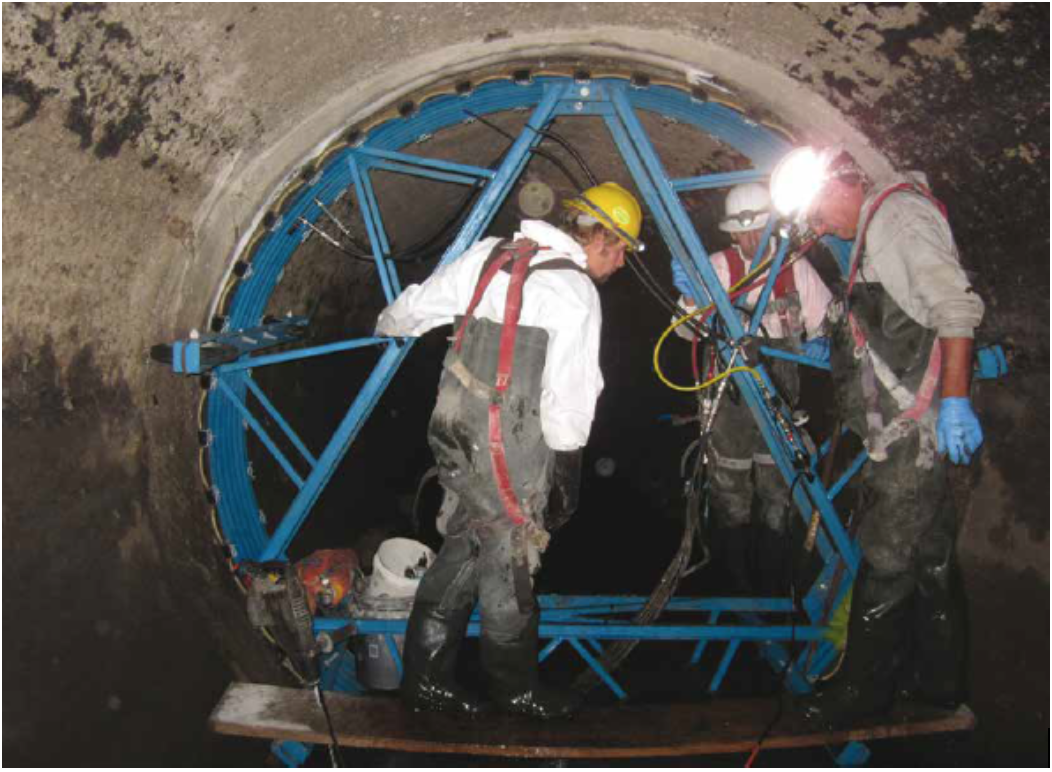
Groundwater infiltration of sewer pipes is a common problem encountered by municipalities, especially those with aging infrastructure. Among the options available to repair sewer pipe leakage, chemical grouting remains a popular and effective method of stopping leaks and repairing joints without resorting to a full-scale re-lining operation.
“Chemical grouting is a mature technology that stands on its own or complements various methods of trenchless pipe or sewer structure repair,” states a white paper published by the Infiltration Control Grouting Association (ICGA). The U.S.-based group is a division of the National Association of Sewer Service Companies, whose members include sup-pliers, contractors, engineers and public works representatives.
The paper goes on to say that, “When applied properly and used in appropri-ate conditions, chemical grouting is a long-lasting, cost effective solution that stops infiltration caused by leaks and failing joints, and helps prevent structural damage from developing in leaking pipe that is otherwise sound. As such, chemical grouting should be incorporated into nearly all wastewater maintenance and rehabilitation programs.”
What is chemical grouting?
The chemicals used to repair underground wastewater pipes were first developed
in the 1950s and ‘60s. Urethane grouts reacted with water and moist soil to form rubber-like balls that filled external voids or acted like gaskets in leaky joints. According to ICGA, the technology was attractive because it was relatively inexpensive, easy to apply, and used non-toxic chemicals that did not cause problems in wastewater treatment plants.
At the same time, low-viscosity “solu-tion grouts” were developed that could be applied using remote-controlled “pack-ers.” Packers are inflatable plugs that isolate short sections of underground pipe so that grouts can be pumped into the section and forced through leaks and fail-ing joints into the surrounding soil. Thus, chemical grouting became one of the first trenchless pipe rehabilitation solutions. While resinous, urethane-based grouts are used to repair leaky manholes, by far first trenchless pipe rehabilitation solutions. While resinous, urethane-based grouts are used to repair leaky manholes, by far the majority of chemical grouts nowadays are used in a water solution, applied by truck-mounted systems, according to ICGA. Packers can chemically-grout sewer mains up to 144 inches in diameter, while specialized packers can grout laterals up to around 30 feet from the main line.
When sewer pipes fail
Leaky water and sewer pipes are a growing and serious problem in North America. This summer’s dramatic burst of a water main in Los Angeles is a reminder that corroding water pipes sometimes built more than a century ago are posing a substantial risk to fragile water supplies, particularly in drought-prone areas like California. A recent news story reported that every year in the U.S. there are 240,000 water main breaks, and inad-equate sewage systems allow up to 850 billion gallons of untreated wastewater into rivers and lakes. The situation is just as bad in Canada, where the amount of water lost to leaks reaches 45 percent in some municipalities.
When sewer pipes leak, it’s usually because joints or connections aren’t sealed, which allows groundwater to flow into the pipe, along with fines like sand, soil or small pieces of gravel. Conversely, waste-water can also seep out of these cracks. Heavy rain events saturate groundwater, creating extra pressure on sewer infrastructure. Finding weak points, the water flows in through cracks and leaky joints into the collection system, where pumps work overtime to move the extra water flow, at added cost to the municipality. When sew-age treatment plants can’t store or treat the incoming flows, untreated sewage may be discharged into the environment.
Areas vulnerable to groundwater infiltration include manholes, joints, service line connections, and the first few feet of the service line.
According to Marc Anctil, president of Logiball Inc., a manufacturer of packers used in chemical grouting, and other trenchless rehabilitation equipment, a distinction needs to be made between a failure of the pipe, and leaks in the system. The latter can be addressed by chemical grouting, whereas the former is a problem best tackled through structural rehab methods such as fold and form, slip-lining, cured-in-place pipe, or good old-fashioned open-cut excavation.
“When it fails because of lack of sup-port, and cracks can’t handle all that load, that’s what I call failure of the system, not failure of the pipe,” says Anctil. “Chemical grouting is designed to keep the groundwater out of the pipe, to stabilize the area around that joint or connection.”
Advantages over re-lining
Anctil says that municipalities with non-structural pipe issues often re-line their pipe joints, at substantial cost, when chemical grouting could do the job more effectively for a lower price. Liners also shrink slightly, causing an annular space between the liner and the host pipe through which groundwater can re-enter the sewers at manholes and reinstated service connections.
“Unless you cap off the ends where they go back into the manhole and do something with your service connections, unfortunately water travels to the point of least resistance. That least resistance is going to be at the pipe penetrations in the manhole between the liner and the pipe or the first few joints up the lateral pipe,” he said. “So even if you re-line it, it’s not necessarily going to deal with the infiltration.”
Another advantage of chemical grouting is that it can be done without shutting off the flow by an expensive sewer bypass. As long as the operator has a visual with the CCTV camera, the packers can be moved into place and the grouting done while the sewer system is fully operational.
Chemical grouting process
Before a pipe can be considered a candidate for chemical grouting, a few conditions need to be met. First, a pipe can-not be failing structurally, and second, there must be an egress that allows the grouting solution to flow out of the pipe into the surrounding soil. A pipe must also be free of debris, such as roots and grease, that may prevent the passage and the proper seating of the equipment.
After the municipality determines the areas needing to be grouted, the first step is for the main sewer line to be cleaned and inspected. The packer is then moved into place, guided by a CCTV camera attached to the packer. Next, the packer is inflated over the leak and the grout is injected, flowing through the joints and into the soil outside the pipe. The packer is then deflated and the grout hardens – typically, in under a minute.
The critical next stage is to test whether the repair worked. Pumping the chemicals at a higher pressure than the water table is one way to ensure that the grout moves outside the pipe. A final test runs com-pressed air through the packer to test the joint or connections. If the seal fails, the area is re-grouted and tested again. The packer is then moved on to the next joint to be grouted.
Laterals are grouted in a slightly different manner. The lateral packer is positioned at the junction of the main and the lateral, and a grouting plug – available in two-foot lengths all the way up to 30 feet – is inflated, isolating the area to be grouted. Grouting fluid is then injected, in the same way as the main pipe.
In conclusion, chemical grouting is best conceived as a method of sewer pipe rehabilitation that in the appropriate conditions can be as effective, or even more effective, than pipe re-lining for infiltration issues in structurally sound pipes. Stopping infiltration in main lines, laterals, and in underground structures like manholes and lift stations, are all applications suitable for chemical grouting. Chemical grouting is not a structural repair, however it is often used in con-junction with pipe re-lining, as the ICGA points out:
“[Chemical grout] is used in conjunction with lining by sealing the annular space between host pipe and liner at the connection to the manhole and when reinstating the laterals. Chemical grouts are also used as a means to prep an underground structure for structural repair. For example, contractors often use grouts outside a manhole in order to stop infiltration so that a coating can be applied to a dry surface, thereby prevent-ing pinholes or bubbles in the coating.
“Lining contractors frequently use grouts to seal mainline joints prior to lining. By doing so the contractor can stop infiltration, stabilize the soil, and stabilize the pipe by filling voids outside the pipe. Sealing leaking joints with chemical grout prior to lining also gives the lining contractor the best shot at providing a uniform wall thickness of the liner by preventing the possibility of resin washout and future failures.”
Logiball Inc.
For more information call 1-800-246-5988 or email info@logiball.com



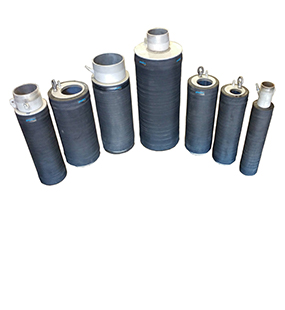
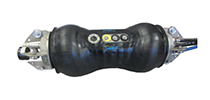
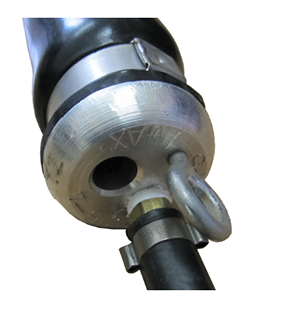
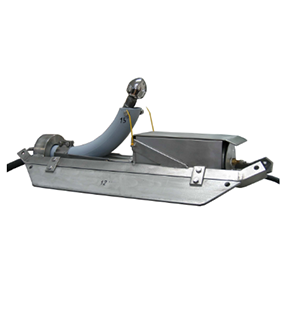
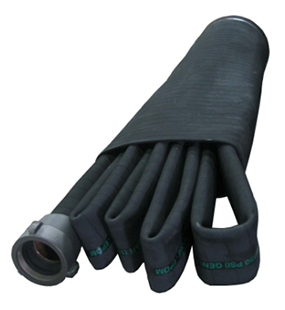
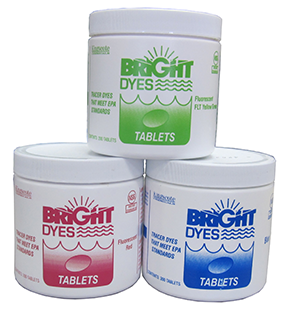

 Follow us on LinkedIn
Follow us on LinkedIn Follow us on YouTube
Follow us on YouTube
